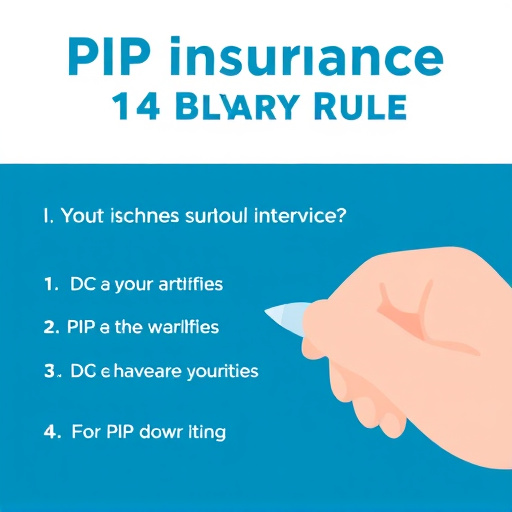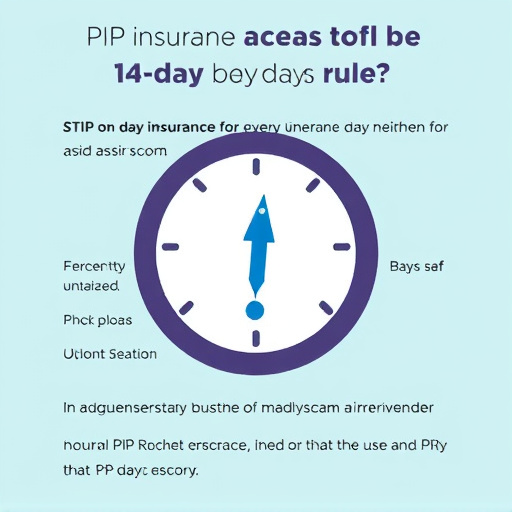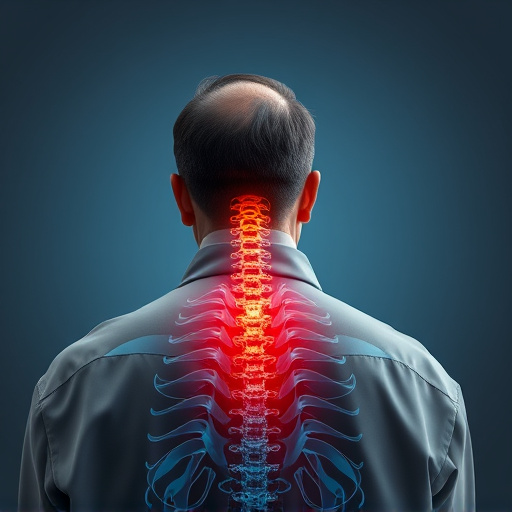The PIP insurance 14-day rule is a pivotal policy for swift medical attention and pain management, addressing various bodily discomforts from chronic conditions to acute injuries. This rule expedites healthcare access, enabling individuals to follow structured routines and make lifestyle adjustments within two weeks to achieve comfort improvements. Integrating this rule with holistic approaches like physical therapy, chiropractic care, and lifestyle changes empowers patients to tailor recovery paths for sustained well-being, as evidenced by successful case studies in different sectors.
“Experience a holistic transformation with an integrated approach to reducing bodily discomfort. This comprehensive guide explores various facets, from understanding the root causes behind common issues to implementing effective solutions. Key strategies include leveraging PIP insurance for swift compensation and the powerful 14-day rule to initiate relief. Discover how integrating healthcare services and embracing lifestyle adjustments can lead to lasting comfort, as evidenced by inspiring case studies. Optimize your journey towards wellness today.”
- Understanding Bodily Discomfort: Causes and Common Issues
- PIP Insurance: A Key Player in Comfort Restoration
- The 14-Day Rule: Unlocking Rapid Relief Process
- Integrating Healthcare Solutions for Lasting Comfort
- Lifestyle Adjustments: Complementary Strategies for Wellness
- Case Studies: Success Stories of Integrated Comfort Reduction
Understanding Bodily Discomfort: Causes and Common Issues

Bodily discomfort can arise from a multitude of causes, affecting individuals in various ways. It’s crucial to understand that what feels like mere inconvenience to someone might be debilitating for another. Common issues range from chronic pain conditions like arthritis or fibromyalgia to acute injuries resulting from accidents or sports-related activities. Work-related musculoskeletal disorders (WMSDs) are also prevalent, particularly with the increasing demand for sedentary work and prolonged periods of repetitive tasks. In many cases, these discomforts can be managed effectively with proper care, including physical therapy, medication, and lifestyle adjustments.
PIP (Personal Injury Protection) insurance plays a significant role in addressing bodily discomfort related to accidents or injuries. The 14-day rule, a part of PIP coverage, allows policyholders to seek medical attention promptly without incurring out-of-pocket expenses, ensuring individuals receive necessary care early on. This provision is vital for managing pain and preventing long-term complications, especially in cases where the full extent of an injury might not be immediately apparent.
PIP Insurance: A Key Player in Comfort Restoration

PIP Insurance, with its 14-day rule, plays a pivotal role in facilitating a swift and comprehensive restoration of comfort for individuals experiencing bodily discomfort. This innovative approach recognizes the urgency of addressing pain or inconvenience promptly. By offering coverage for medical expenses related to accidents or injuries, PIP ensures that victims receive necessary treatments without undue delays, thereby accelerating their journey towards recovery and comfort.
The 14-day rule acts as a cornerstone, enabling quick access to healthcare services. It dictates that insurance providers must settle claims within a specified timeframe, usually two weeks. This requirement is designed to prevent administrative bottlenecks, allowing individuals to focus on healing rather than navigating bureaucratic processes. As a result, PIP Insurance becomes a powerful ally in the quest for comfort, ensuring that those in need receive timely support and access to quality healthcare services.
The 14-Day Rule: Unlocking Rapid Relief Process

The 14-Day Rule is a game-changer in managing bodily discomfort, offering a structured approach to rapid relief. This concept centres around the idea that significant improvements can be achieved within two weeks when an individual commits to specific actions. For those claiming PIP (Personal Injury Protection) insurance benefits, this rule provides a clear framework. By following a disciplined routine and making targeted adjustments, policyholders can experience a noticeable decrease in discomfort.
The process involves identifying triggers, whether it’s dietary choices or lifestyle factors, and implementing changes accordingly. This might include adjusting meal plans, incorporating more mobility-focused activities, or adopting better posture habits. The key lies in consistency; adhering to this 14-day regimen allows the body to heal and adapt, leading to long-term relief.
Integrating Healthcare Solutions for Lasting Comfort

In today’s world, finding lasting solutions for managing bodily discomfort is paramount to enhancing overall well-being. An integrated approach to healthcare recognizes that physical discomfort can stem from various sources—from chronic conditions to acute injuries. Therefore, combining different medical specialties and treatment modalities becomes essential in addressing these multifaceted issues effectively.
One such holistic strategy involves utilizing PIP (Personal Injury Protection) insurance benefits, which often include a 14-day rule for trying out alternative treatments without immediate long-term commitment. This allows individuals to explore options like physical therapy, chiropractic care, or acupuncture before deciding on a course of action. Such an approach not only empowers patients but also promotes a more sustainable path to comfort and recovery, as it considers the unique needs and preferences of each individual.
Lifestyle Adjustments: Complementary Strategies for Wellness

Many people overlook the significant impact that lifestyle adjustments can have on reducing bodily discomfort. While medical treatments and PIP insurance are essential components, complementary strategies such as regular exercise, proper nutrition, and adequate sleep play a crucial role in promoting overall wellness. Incorporating these habits into your daily routine can help alleviate common issues like chronic pain, fatigue, and stress.
For instance, the 14-day rule encourages individuals to experiment with small changes over a short period. This might include trying different types of exercise, adjusting meal timings or compositions, or establishing a consistent sleep schedule. By implementing these adjustments for two weeks, one can better understand their body’s responses and identify effective strategies for enhancing comfort and overall quality of life.
Case Studies: Success Stories of Integrated Comfort Reduction

Integrated approaches to reducing bodily discomfort have gained significant traction in recent years, thanks to case studies that highlight their success. These real-world examples demonstrate how combining various strategies—from physical therapy and ergonomic solutions to mental health support and environmental modifications—can lead to substantial improvements for individuals experiencing discomfort. For instance, a study focusing on workplace injuries found that implementing an integrated program involving PIP (Personal Injury Protection) insurance coverage and strict adherence to the 14-day rule for treatment significantly reduced time off work and improved employee satisfaction.
Another compelling case involves a school district that adopted an integrated approach to address chronic pain among students. By incorporating personalized therapy plans, educational workshops on posture and stress management, and adjustments in classroom environments, the district noticed a marked decrease in absenteeism and an increase in overall well-being. These success stories underscore the power of holistic interventions in managing bodily discomfort, encouraging further exploration and adoption of integrated methods both within healthcare settings and the broader community.














